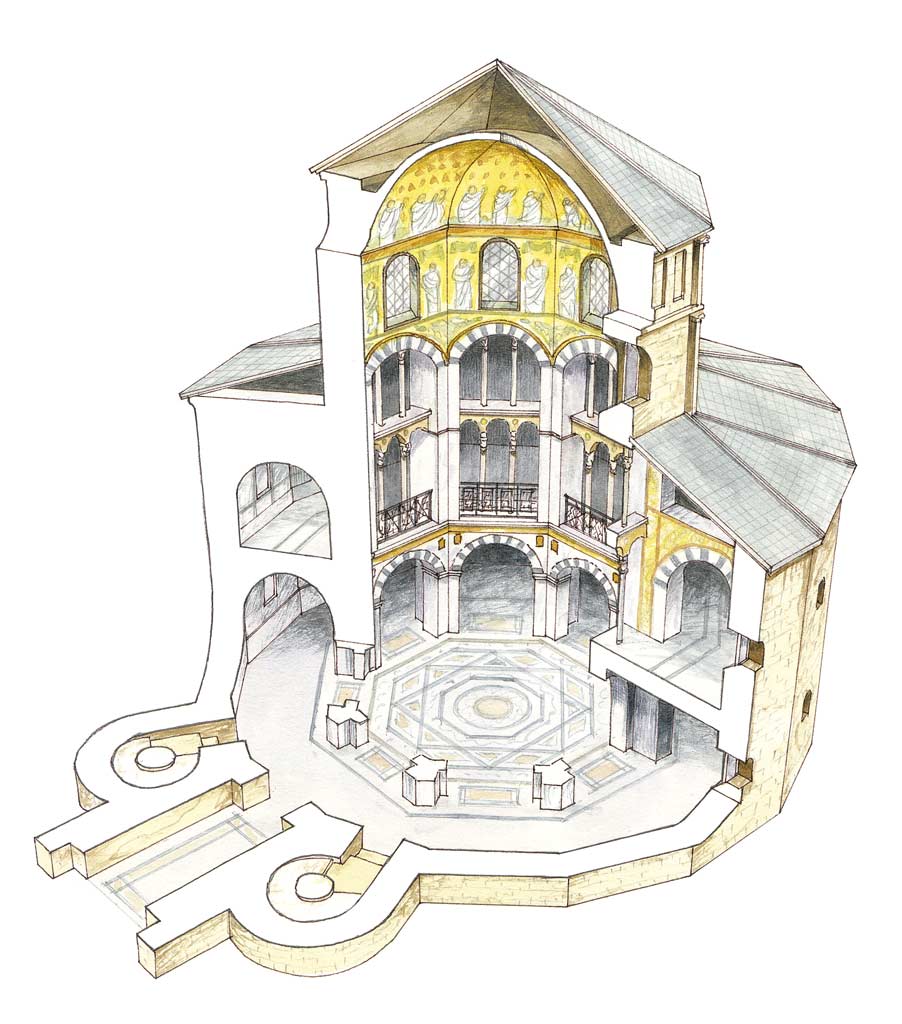We use cookies to improve and analyse your browsing experience on our web. You can accept these cookies, reject them or choose your settings by clicking on the corresponding buttons. Please note that rejecting cookies may affect your browsing experience. For more information you can consult our Cookies policy.
Cookies are an essential part of how our web works. The main goal of cookies is to make your browsing experience more comfortable and efficient and to improve our services and the web itself.
Here you can find all the information about the cookies we use and you can activate and/or deactivate them according to your preferences, except for those cookies that are strictly necessary for the operation of the web. Blocking some cookies may affect your experience on the web and how the site works. For more information you can visit our Cookie Policy.
These Cookies are necessary for the web to function and cannot be disabled on our systems. They are generally only set up in response to actions you may take such as requesting services, setting your privacy preferences, logging in or completing forms. You can set your browser to block or warn you about these cookies, but some parts of the web will not work. Information about Cookies.
These Cookies allow us to count the number of visits and traffic sources so that we can measure and improve the performance of our site. They help us to find out which pages are the most popular and least popular, and to see how visitors move around the web. All information collected by these Cookies is aggregated and therefore anonymous. If you do not allow these Cookies we will not know when you visited our web. Information about Cookies.
These cookies are used to analyse your activity in order to show you personalised advertisements.Information about Cookies.
Change theme

Revision mode


The equivalent of the prime minister in the Kingdom of the Franks was called the mayor of the palace or major-domo. This position became more influential, and in 751 A.D. the major-domo Pippin I the Younger deposed the King of the Franks and occupied the throne. This created a problem of legitimacy for the new ruling family, the Carolingian dynasty.
The Pope needed help fighting the Lombard invasion of Italy. Pippin and his son Charles decided to help the Pope in order to gain his support. They therefore subdued the Lombards and gave lands to the church. In exchange, the Pope supported the Carolingians and legitimised their rise to power.
Charles, who came to the throne when his father died in 768 A.D., continued to expand his domains and in 800 A.D. he was crowned emperor in Rome by Pope Leo III. He received the title of Magnus (the Great) for maintaining control over extensive domains, and was known as Charlemagne. Charlemagne's dream was to rebuild the Western Roman Empire. He established his capital in Aquisgranum (modern-day Aachen, in Germany).
When Charlemagne died in 814 A.D., his son Louis the Pious succeeded him. Later on, Louis' sons fought over their inheritance and as a result of the Treaty of Verdun in 843 A.D., the Carolingian Empire was divided into various political units. This resulted in the division of France and Germania (the future Germany).
A century later, the German Emperor Otto I defeated the Magyars and Slavs and occupied the whole of Central Europe and part of Italy. He established the Holy Roman Empire, which was made up of various autonomous kingdoms.

The Carolingians governed from their palace with the help of the court, a group of trusted advisors. They appointed counts to govern the provinces, known as counties. The border provinces, which had a greater military presence, were divided into marches and governed by a marquis. Occasionally, more important strategic lands became duchies and were governed by a duke.
The emergence of Islam had disrupted trade routes between Western and Eastern Europe, making agriculture the only source of wealth.
Charlemagne and his successors rewarded their nobles with large estates or latifundia. The majority of the population were peasants. They worked the lands that belonged to the nobles or the church and were subject to their authority.
|
THE DEVELOPMENT OF THE CAROLINGIAN EMPIRE .jpg?idcurso=1013449) 
.jpg?idcurso=1013449)
|
Charlemagne brought the wisest people of the time to his court. The monks copied ancient texts so that these works would not disappear. These scribes devised a new rounded writing style which was easier to read: Carolingian minuscule. They did small drawings, called miniatures, in their books to illustrate the texts. This period of great cultural development is known as the Carolingian Renaissance.
A unique architectural style was also developed. It was called Carolingian and was characterised by the use of semi-circular arches and stone and brick walls, as can be seen in the Palatine Chapel at Aquisgranum.
Activity 29
Remember
Activity 30
Understand
Activity 31
Listen to the statements about the Carolingian Empire and choose true or false.
Activity 32
Analyse
Activity 33
Create

